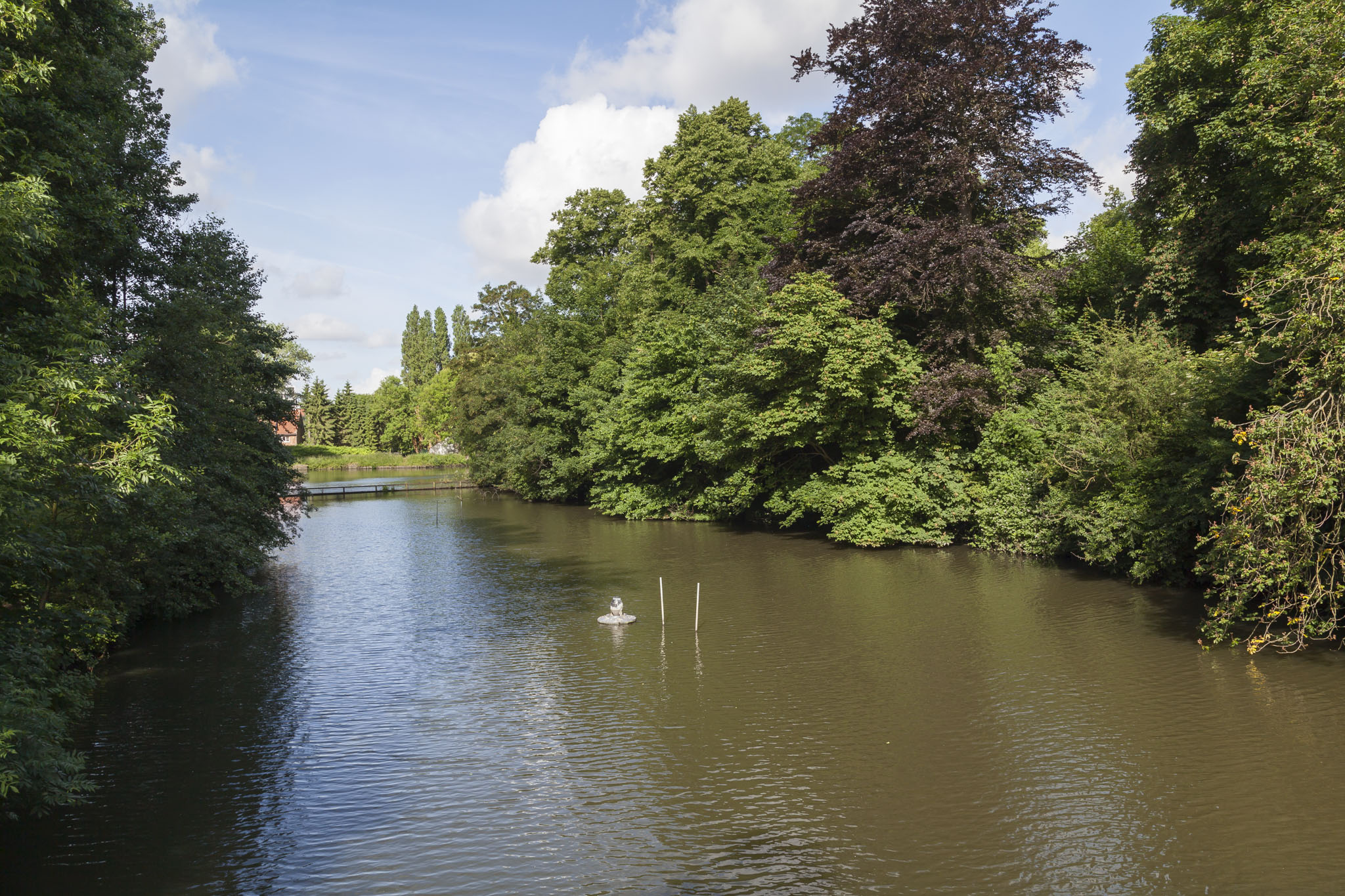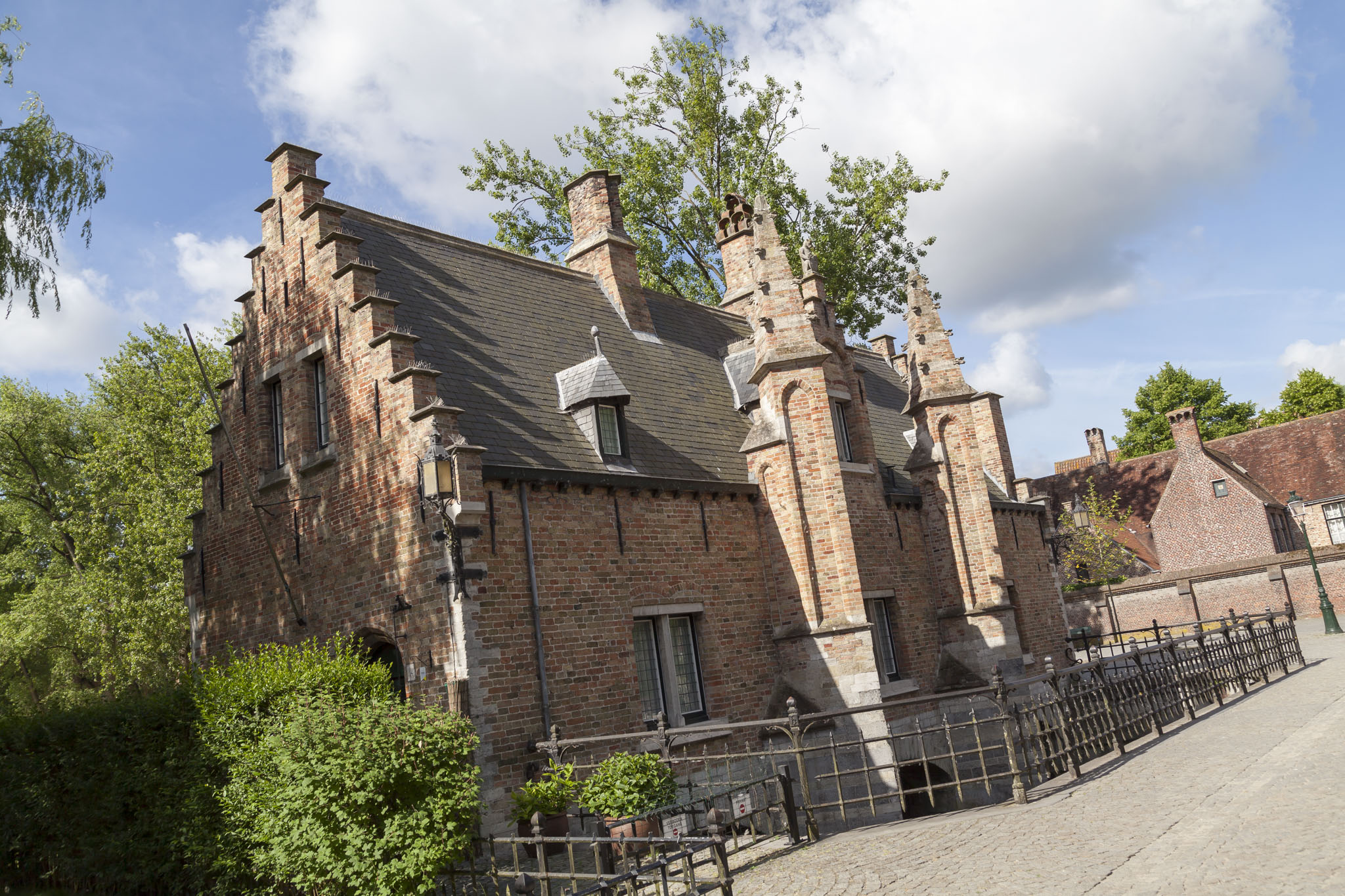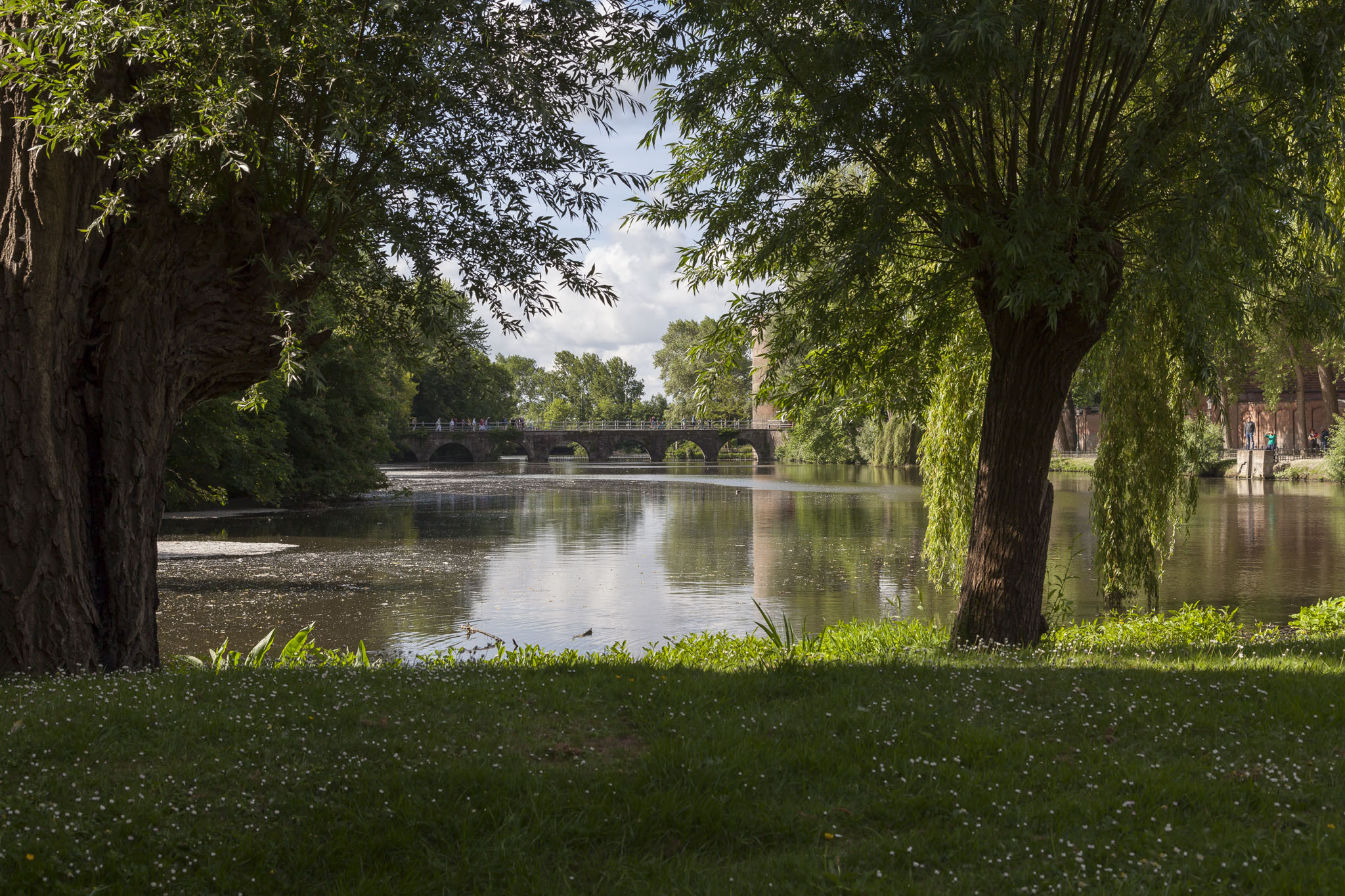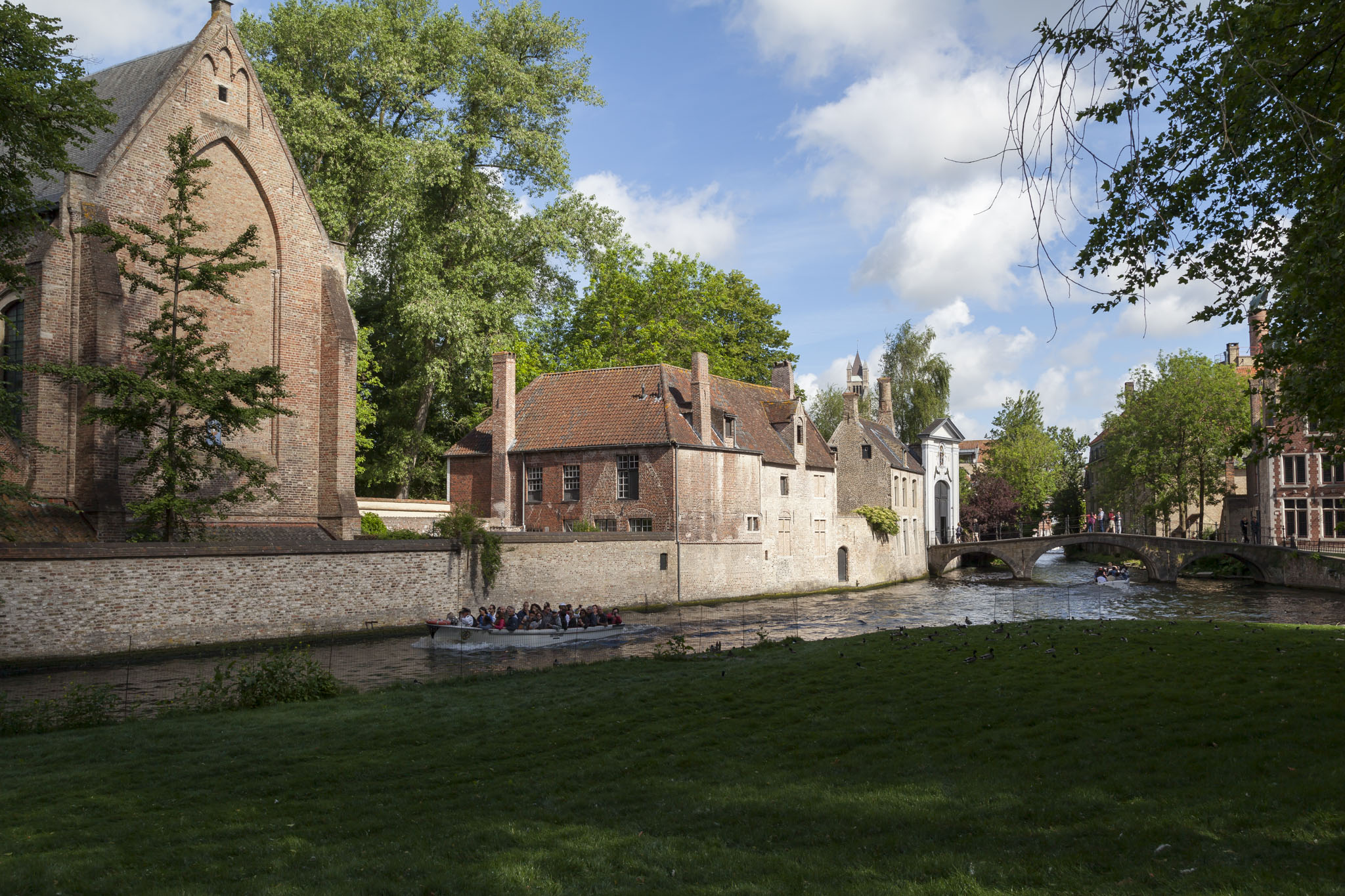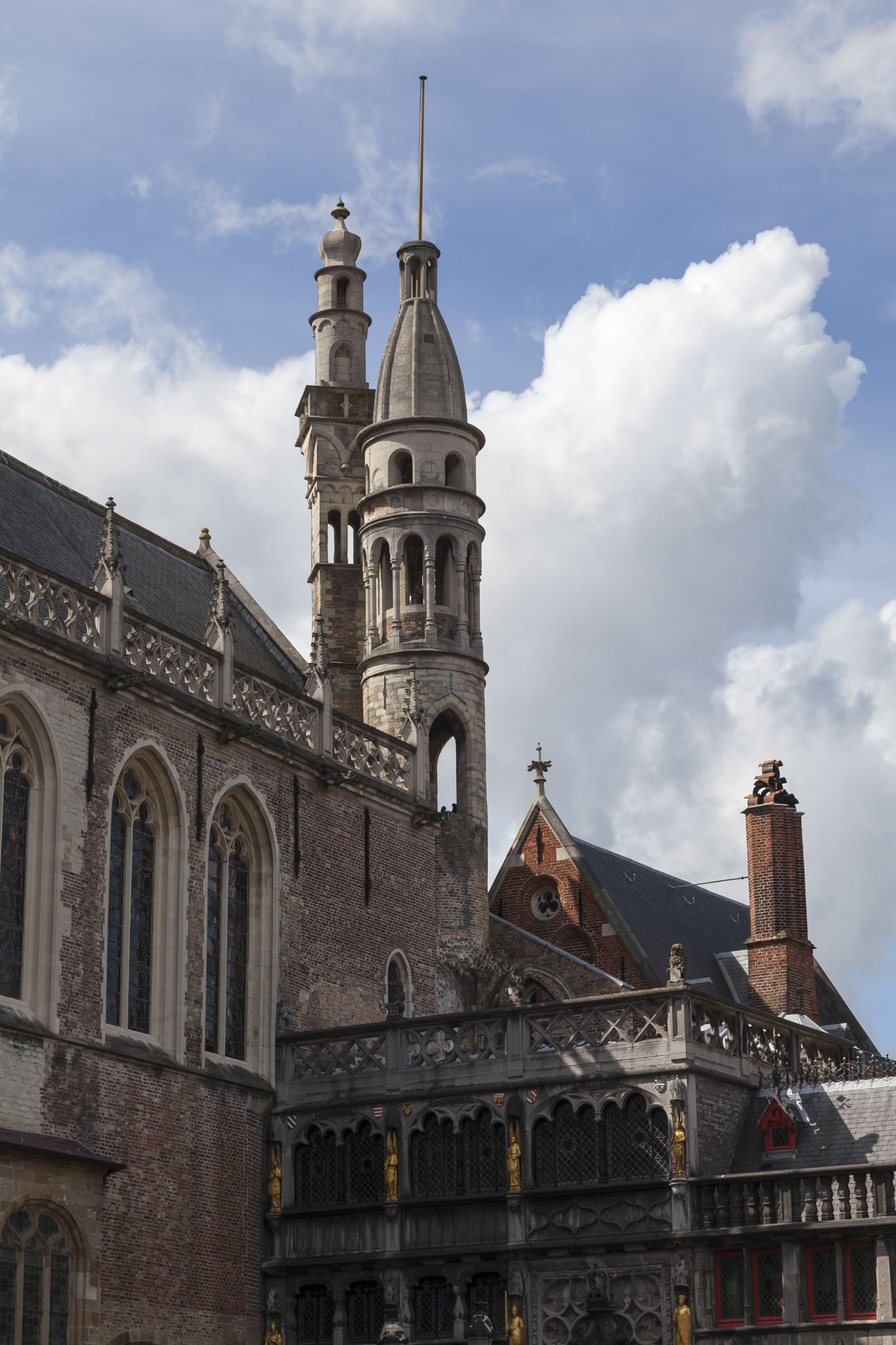At the time we’d booked this Princess Cruises holiday on the Crown Princess we’d never been to any of the countries on the itinerary so this was to have been our first time in Belgium. However, because we’d late-booked a short cruise with P&O earlier in the year we’d since snuck in a visit to Belgium on Azura. Knowing that we’d be hitting Bruges for this trip we’d visited Ghent that time so this was at least our first occasion in the capital of the province of West Flanders. Except in very rare situations we always like to book an official cruise excursion when visiting a place for the first time to get a feel for it in the relative safety of not worrying about getting back to the ship afterwards so in Bruges we’d arranged to take a walking tour of the city, a canal boat trip, then have some free time to ourselves.
Most trips to Bruges invariably end with you finding yourself on the outskirts with a short walk into the city, typically over one or two bridges that span the many canals. The walk is no more than five minutes and the ground is level, though cobbled in places (reflecting the medieval heritage of Bruges) so care should be taken. Indeed, at the conclusion of our excursion one of our party tripped on a cobble and crashed to the floor, knocking herself out briefly. Her husband, a retired doctor, assured everyone she was okay but I hope she got some proper checking over by the ship’s medical staff once back onboard.
Bruges thrived from the 12th century onwards owing to its location that was a natural meeting point for several trading routes across Europe and its access to the sea via the canals for which the city is well known.
Bruges is one of the most well-preserved medieval cities in Europe. Despite its reduction in importance from the 16th century onwards it underwent several attempts to flourish by changing the industries and trades under which it had previously prospered. In the late 19th century the city was promoted as a tourist destination to wealthy Victorians. During both World Wars the city was occupied by the Germans and suffered hardly any damage at all. The city was liberated by the Canadians in World War 2 and a bridge in that country’s honour was pointed out to us when we finished our excursion.
One of the notable sights of Bruges included De Halve Maan Brewery, the oldest brewery in the city we were told, and still brewing its own ales. We fully intended to visit this place during our free time at the end of the excursion (as we’re fond of a local ale) but the place was absolutely heaving and we ended up finding somewhere else. We stopped many times to be shown sights of significant interest in Bruges such as the city hall, the Belfry, St Salvatore’s Cathedral, and the Groenerei canal. In the wide open expanse of the Markt (the market square) there was a statue of Jan Breydel and Pieter de Coninck, leaders of a revolt against the French in the early 1300s.
After around an hour we had completed our walking tour portion of our Bruges excursion and made our way to Mariastraat where we would be boarding a canal boat for the water-based portion of our day out in Belgium.
